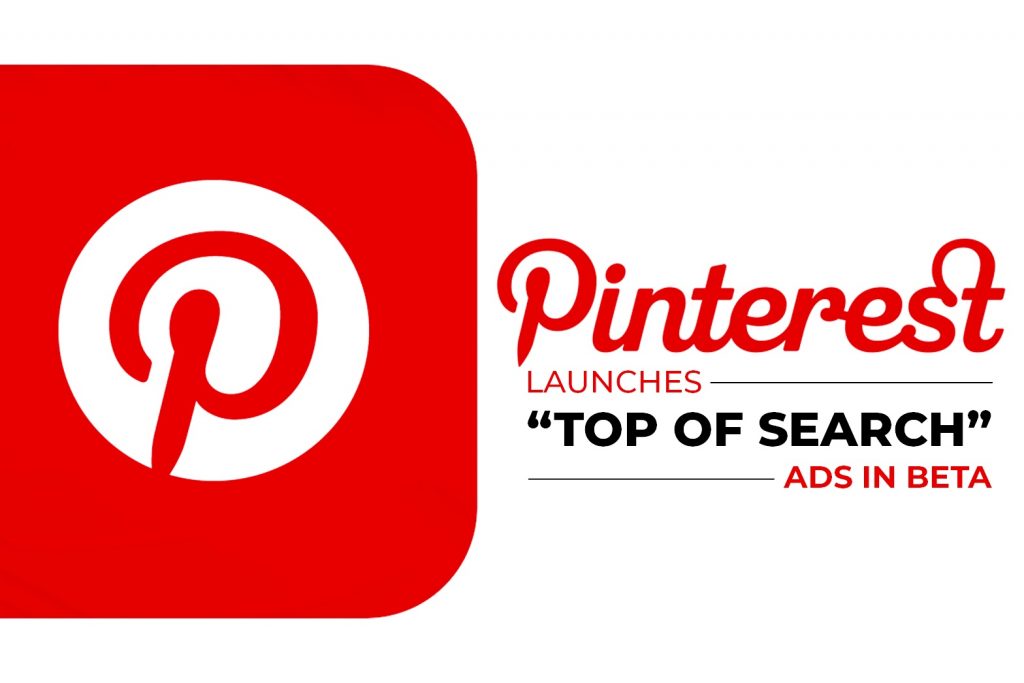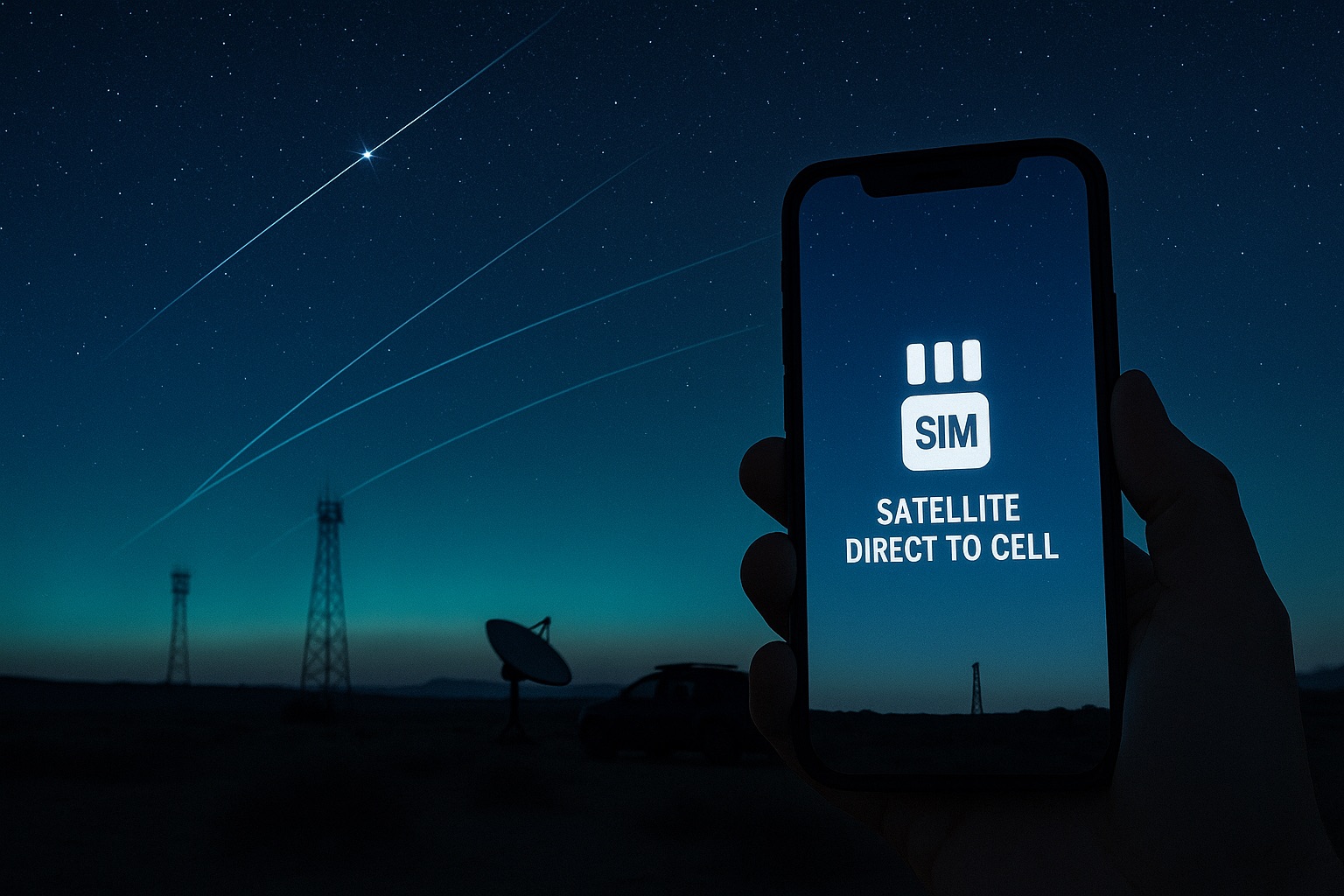Pinterest positioned itself squarely in the visual commerce space with a suite of advertising products announced at Pinterest Presents, the company’s annual advertiser summit. The platform’s bet: shopping decisions happen through images rather than text descriptions, and advertisers need tools built specifically for visual discovery.
The company’s data supports this direction. Among Generation Z users, 39% indicate they prefer starting shopping searches on Pinterest over alternative platforms. This preference stems from what Pinterest characterizes as a fundamental limitation in traditional search engines and AI chatbots—they operate through language, but shopping operates through sight.

Premium Placement in Visual Search Results
Pinterest Top of Search ads, currently in beta across all monetized markets, place advertiser products directly within the top ten search results and Related Pins sections. The positioning matters because 45% of clicks happen within those top ten results, and 96% of top searches don’t include brand names—meaning users are actively evaluating options rather than seeking specific products they’ve already decided on.
The ad format includes a brand-exclusive unit highlighting advertiser catalogs. Early performance metrics show promise: Top of Search ads achieved 29% higher average click-through rates compared to standard campaign formats, with 32% higher likelihood of attracting first-time clickers to advertiser content.
Wayfair participated in initial testing and recorded a 237% click-through rate increase over a two-week period when compared against their regular campaign performance. Those results represent measurement against the retailer’s own baseline rather than industry averages, but the magnitude suggests substantial engagement improvements from the premium placement.
Real-Time Local Inventory Integration
Local inventory ads extend Pinterest’s shopping capabilities into physical retail, displaying current pricing for items stocked at stores within a shopper’s geographic radius. The feature launched in Pinterest’s active shopping markets and pulls real-time inventory data to show what’s immediately available rather than requiring order-and-wait purchasing.
Canadian Tire Company tested the format as the first Canadian retailer implementing local inventory ads. Their results showed 48% better efficiency reaching interested shoppers compared to standard shopping campaigns, with in-store visit rates climbing 16.5% when local inventory ads were incorporated into their broader shopping strategy.
The local inventory approach addresses a practical shopping consideration—many purchases still happen in physical stores, and knowing what’s available nearby influences whether shoppers bother making the trip. Pinterest is essentially bridging digital discovery with physical fulfillment by making inventory transparency part of the initial search experience.
Media Network Data Integration Through Self-Service Tools
Pinterest Media Network Connect tackles a workflow problem facing retailers and brands: media networks possess valuable first-party audience data, purchase history, and conversion information, but integrating this data into advertising campaigns typically requires navigating fragmented systems and complicated technical implementations.
The new self-service tool operates within Pinterest Ads Manager, enabling media networks to securely share first-party audiences, product catalogs, and conversion data with their advertising partners. Advertisers can then build and manage campaigns in a single interface while accessing Pinterest’s full advertising suite, including Pinterest Performance+ automated campaign tools.
Launch partners include Kroger Precision Marketing and Instacart Ads in the United States, with expansion planned beyond the initial roster. Christine Foster, Senior Vice President at Kroger Precision Marketing, emphasized the speed advantage: “This new capability empowers advertisers with faster decision-making and control, while using purchase-based audiences direct from the retailer.”
The integration matters because retail media networks have become significant advertising channels—retailers leverage their transaction data to offer advertisers targeting based on actual purchase behavior rather than inferred intent. Previously, using this data within Pinterest required custom integrations or manual campaign management across multiple platforms. Media Network Connect consolidates this into Pinterest’s existing advertiser tools.

Visual Commerce Strategy and Platform Positioning
These product launches collectively reinforce Pinterest’s positioning as a visual-first commerce platform rather than a social network that happens to support shopping. The company is essentially arguing that when people shop, they’re conducting visual research—scrolling through options, comparing aesthetics, and making decisions based on how products look in context.
This differentiates Pinterest from text-based search engines where users describe what they want, and from social platforms where shopping is secondary to content consumption. The Top of Search ads capitalize on this by placing products at the exact moment users are visually browsing options, before they’ve narrowed to specific brands.
The local inventory ads acknowledge that despite e-commerce growth, physical retail remains substantial—and many shopping journeys blend online research with in-store purchase. Making inventory visibility part of the discovery phase helps Pinterest serve the complete shopping journey rather than just the inspiration stage.
Media Network Connect addresses Pinterest’s position in the broader advertising ecosystem. Retail media networks have grown rapidly as advertisers chase purchase-based targeting, but fragmentation across platforms creates operational complexity. By making it easier to bring retail media data into Pinterest campaigns, the company positions itself as a destination for retail media spending rather than forcing advertisers to choose between platforms.
The Gen Z statistic—39% preferring to start shopping searches on Pinterest—provides demographic validation for the visual commerce strategy. Younger shoppers grew up with image-heavy platforms and visual interfaces, making Pinterest’s approach potentially more aligned with how emerging consumer cohorts naturally shop online.
Whether these tools translate into substantial revenue growth depends on advertiser adoption rates and whether the performance improvements seen in early testing hold at scale. The Canadian Tire and Wayfair results come from controlled tests rather than broad deployment, and beta performance often exceeds what happens when features reach general availability. Still, the 237% CTR improvement Wayfair reported suggests significant engagement potential if the format resonates with Pinterest’s user base.




Post a comment